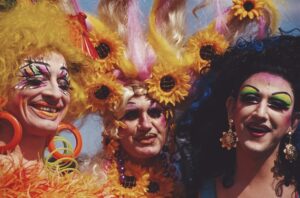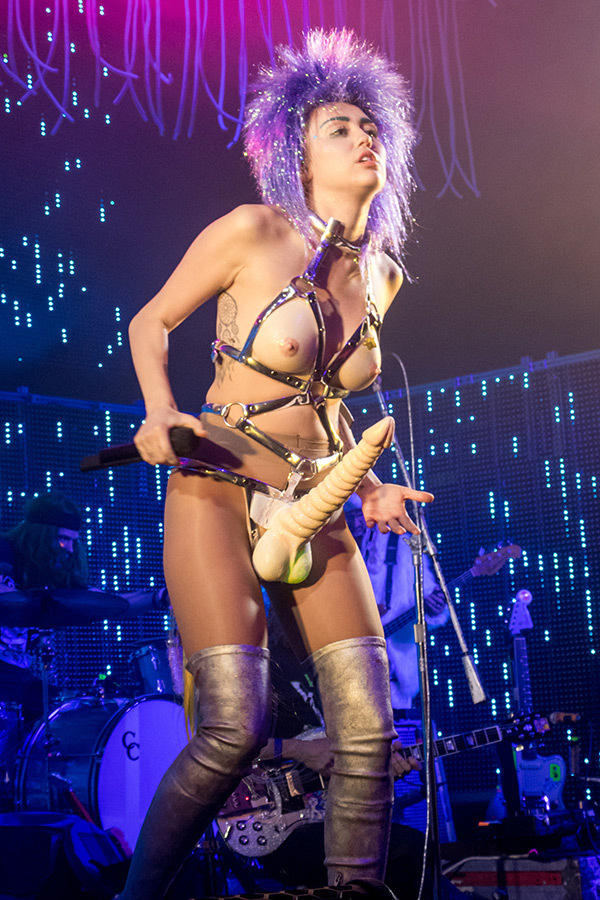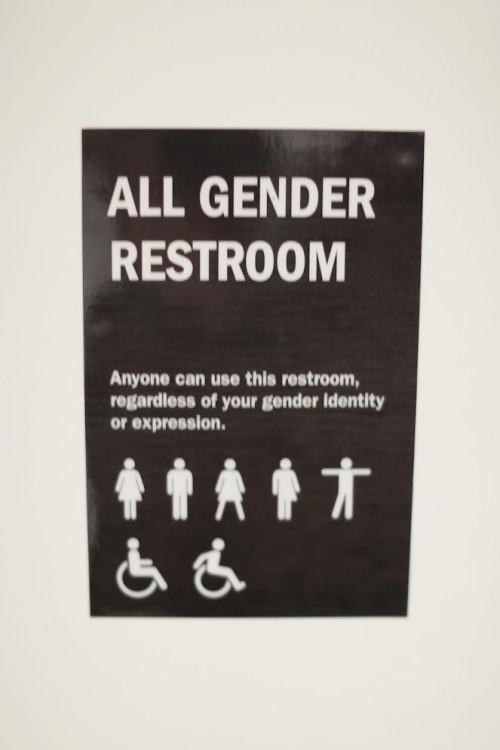
As a Front of House employee at the La Jolla Playhouse, I had the recent pleasure of working for and seeing Velour: A Drag Spectacular. An autobiography interspersed with artistic drag performances, Sasha Velour told a magnificent story, spreading unabashed joy and uplifting local drag performers along the way. It was such a moving show to witness, particularly as a queer person, because the show evoked such a powerful connectedness. As Sasha told about her first years as a drag artist, performing in a run-down bar in rural Indiana, I was reminded of POSE and Paris is Burning. Both pieces showcase the underground nature of early drag and ballroom culture because of how culturally stigmatized both art forms have been. This illuminated for me that drag is a fundamentally criminal art form in its continual, brazen defiance of the status quo. I wondered, though, as I sat in a Tony-winning regional theatre surrounded primarily by the Playhouse’s elder white patrons, does the crossover of drag into mainstream impede on its criminality or extend the cultural bounds of queer art? Or both?
As is explained in a CNN article by Scottie Andrew, the beginnings of drag art are largely credited to William Dorsey Swann. After gaining freedom from enslavement, Swann began hosting drag dinners at his home in the 1880s and was one of the first performers to use the term “drag queen.” True to the spirit of art crime, Swann was arrested multiple times throughout his life for violence during raids and protests. Since then, drag art has hardly ever existed without pushback, cultural taboos, and police violence. This became especially true as drag blossomed in New York, Chicago, and other large cities in the US. Drag is also inextricably linked to queer communities of color who live at the intersection of racism, queerphobia, classism, and other systems of oppression. Drag and ballroom culture have thus become a form of artistic rebellion, expression, and healing for these communities. Drag queens have repeatedly been the first to incite movements (thinking back to the Stonewall Riots) and are typically the first to face violence for it. Even today, drag is still facing a resurgence of political injustices with anti-drag and anti-queer policies in the United States. What’s different now, though, is that drag art has since entered mainstream media, with shows like RuPaul’s Drag Race and internet sensation queens like Trixie Mattel, Katya Zamolodchikova, and Bob the Drag Queen.
A presence in mainstream media means that drag art is reaching a much wider audience, but an audience that might not know the history of drag, which may pose consequences. On one hand, it could be argued that the efforts and sacrifices of drag queens past have paved the way for mainstream success. More drag performers can make a living off of their art, more people are aware of the art form itself, and more queer youth have access to the empowered freedom of queer art. This can undeniably save lives, when disownment and violence from homophobic families is all too common. It is worth noting, though, that current drag media don’t always educate about the criminal history of drag. This history is easily accessed, but many audiences may not know to seek it out unless they are made aware, meaning it is just as easily erased. Without its history, people cannot truly grasp the inherently political and criminal nature of drag, which are fundamental to the art form. If anything, this should emphasize the importance of education and solicit even more mainstream drag art like Sasha Velour’s Velour: A Drag Spectacular. This show was truly a prime example of utilizing a presence in pop culture to share the joy, cultural critique, and art crime history of drag performance, leaving audiences intellectually and emotionally enlightened. Like all forms of queer art, drag simply cannot exist without its history. Audiences have to understand that drag is not simply a fun excuse to wear a wig and heels, but an unfettered and beautiful declaration of queerness that laughs in the face of erasure.







